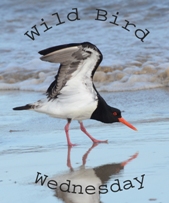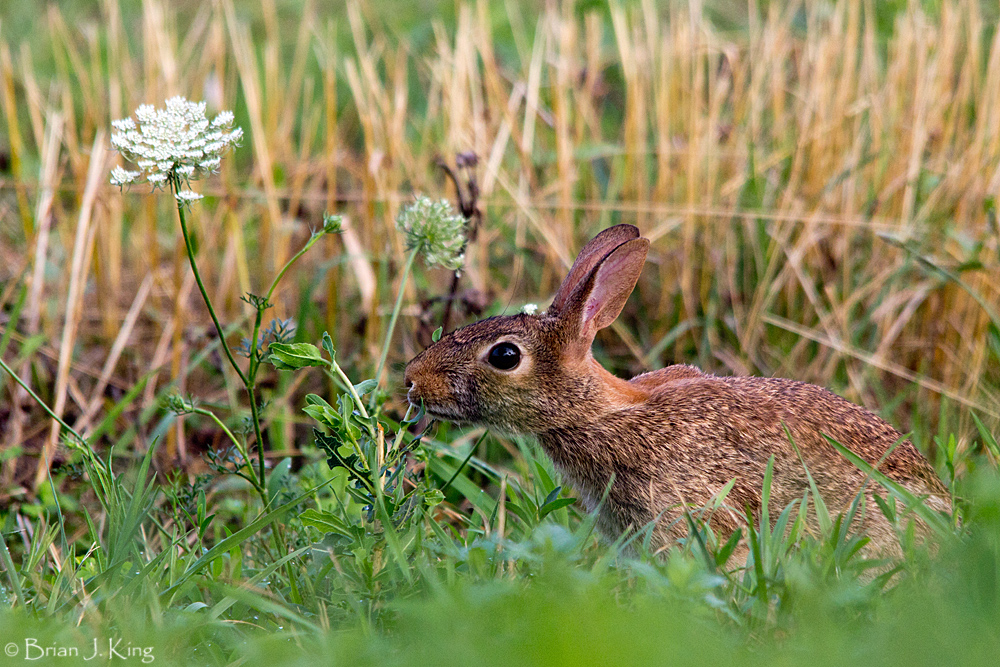Photographing Mute Swans isn't particularly difficult. Though they are a non-native species in this country, most people have at least seen lots of pictures of these Eurasian birds. I think we sometimes become numb to certain birds and animals we consider commonplace. Getting photos of Mute Swans is not the challenge...it's getting interesting photos of them. Sometimes we have to refocus and look for the extraordinary in the ordinary. Don't automatically disregard something just because you've seen it a hundred times.
Linking to






















































